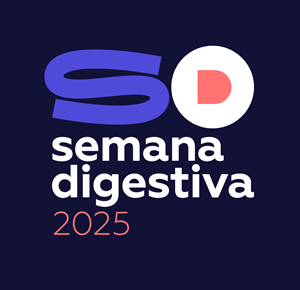Methods: We conducted a retrospective analysis from a prospective database of patients who underwent PEG placement at an academic tertiary center between January 2018 and December 2020. Patients with dementia were compared with those with cerebrovascular accident.Results: During the study period, 53 patients with dementia and 51 patients with cerebrovascular disease underwent PEG tube placement. The mean follow-up time after PEG was 14 months (interquartile range 2-25). No differences in baseline demographics were noted. The number of complications after the procedure did not differ between patients with and without dementia (18.9% vs. 23.5% p=0.565). PEG insertion in dementia did not reduce the rehospitalization rate one-year post-procedure compared with cerebrovascular accident (26.4% vs. 21.6% and 13.6%, p=0.581). The rate of improvement in the nutritional biomarker albumin was not statistically significant in the dementia group (27.9 to 30.3g/L, p=1.000). Patients with dementia died significantly more in the first year after PEG placement than did patients with cerebrovascular accident (49.1% vs. 31.4%, p=0.041)Conclusions: Patients with dementia had higher mortality rates after PEG placement compared with those who underwent PEG placement due to cerebrovascular accident. Furthermore, PEG insertion in patients with dementia did not improve nutritional parameters. Therefore, careful selection of patients with dementia is warranted before PEG placement weighing the risks and benefits on a personalized basis.

 Semana Digestiva 2025 | Todos os direitos reservados
Semana Digestiva 2025 | Todos os direitos reservados